Many people may be surprised to learn that the rise of rattan furniture has a lot to do with Southeast Asia’s colonization. As Western powers colonized most of Southeast Asia during the late 19th century and early 20th century, they needed furniture to sit on.
When colonizers came to the new countries, they found materials they were not used to working with, such as rattan, palm, and bamboo. They used this to create something that can comfort their home, such as chairs to sit on. Many of the places they colonized did not traditionally have chairs for sitting. Many of the same colonizers lived in the countries where most inhabitants have traditionally slept and ate on the floor.
Table of Contents
- The Historical Intersection of Rattan Furniture and Southeast Asian Colonization
- Southeast Colonies And Furniture
- References:
- Related Content
The Historical Intersection of Rattan Furniture and Southeast Asian Colonization
The history of rattan furniture is intriguingly intertwined with the colonial era in Southeast Asia. During the late 19th and early 20th centuries, as Western powers extended their dominion over much of this region, they encountered a need for appropriate furnishing solutions.
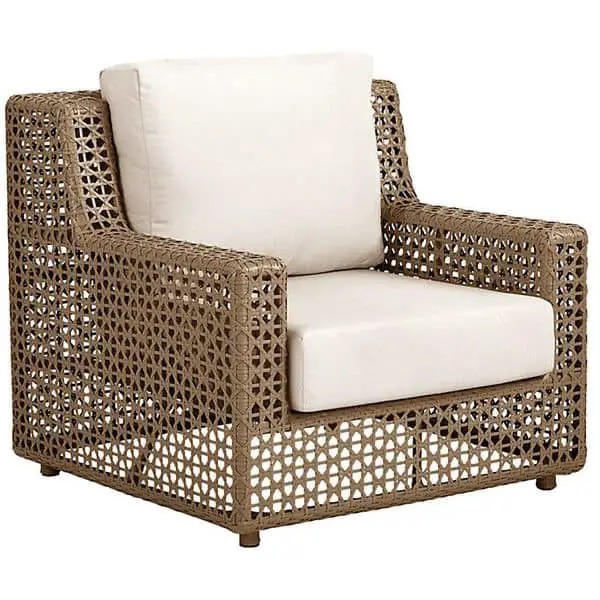
This led to the innovative use of local materials, notably rattan, palm, and bamboo, unfamiliar to the colonizers. These materials were skillfully crafted into comfortable furniture, such as chairs, adapting to the new living conditions.
Interestingly, in many of these colonized areas, traditional lifestyle practices did not include the use of chairs, as people commonly slept and ate on the floor. Read on as we explore how colonial influences shaped the evolution of rattan furniture, embedding it deeply in the cultural and historical tapestry of Southeast Asia.
Issue of Chair Sitting In 1856 Japan
As many of us know, the Japanese traditionally have sat on mats. It caused diplomatic relations problems when foreigners came to Japan to negotiate or talk to the present Japanese government.
When foreign powers first came to Japan, they were always asked to sit on the mat. The foreigners used to sitting on a chair wanted to sit on a chair. Japanese who are used to sitting on a mat wanted to sit on the mat.
As was the protocol for the day, you did not want to have the foreign leaders looking down upon the Japanese rulers. That would have been unacceptable.
Eventually, this forced a compromise as the Westerners insisted that they could not sit comfortably on the floor, and the Japanese needed to find a compromise. The Japanese allowed foreigners to sit on the chair as long as their Japanese counterparts could sit on a stack of mats of equal height to the chair.
These little nuances show the problems of diplomatic relations between a country used to sitting on the mat and those used to sitting on chairs. In many of the same countries, you do not want a foreigner to come in to negotiate with you looking down on you. This would be culturally unacceptable. To ensure diplomatic equality, they want to be of the same height.
Colonization in Southeast Asia
It is well known that foreigners colonized much of Southeast Asia at one time or another. The only Southeast Asian country that was never fully occupied was Thailand; if you ask any Thai, they will proudly tell you this fact.
Here are some of the places in Asia and Southeast Asia that were colonized by foreign powers and governments.
French Indochina
In the mid to late 19th century, the French colonized many Southeast Asian areas, including Vietnam, Cambodia, and Laos. Like many of these colonists, they were suddenly thrown into a completely different environment than the one they were used to living in Europe.
What kind of houses they built, what kind of clothes they should wear, and what furniture they could make from readily available materials. These are all things that we don’t think of when we think of colonization.
The reality is that the colonists, who came from a very different type of environment and culture, had to deal with these changes daily. They had to learn to adapt their housing, furniture, food, and clothing to fit into what’s locally available.
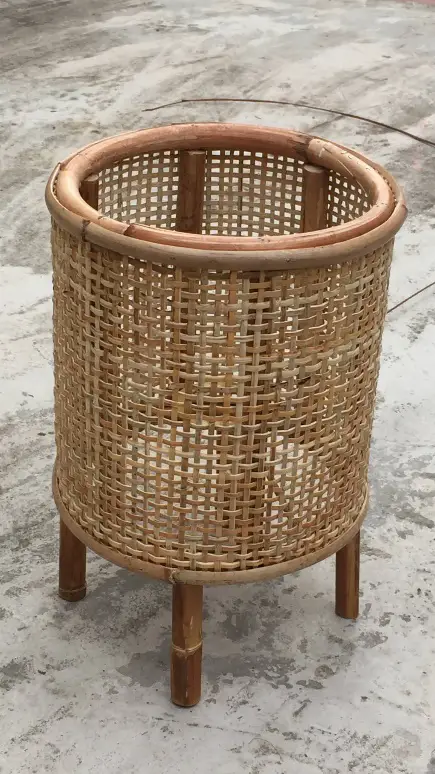
Japanese Annex Taiwan
In 1895, when the Japanese annexed Taiwan, there was one question about how the Japanese would flourish in an environment like Taiwan. Taiwan has more of a tropical climate than Japan.
Many questions arose, such as what clothing they would wear, what type of houses they could build, and how they would manage life and health in the tropics. The Japanese were in the same situation as many European colonists in Asia and the tropics they were not used to.
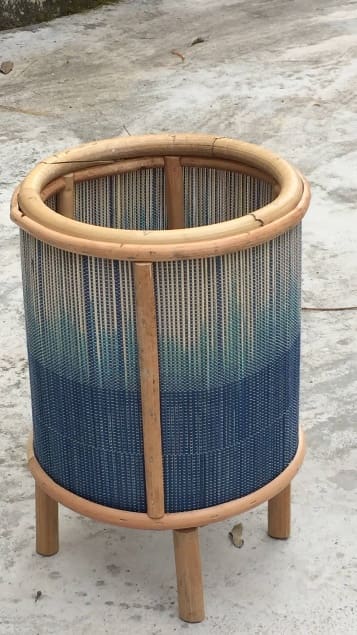
British Colonization
The British colonized Southeast Asia, including Malaysia, Singapore, Brunei, Borneo, and Burma (Myanmar). They also occupied present-day Hong Kong.
Like the other foreign conquerors, they also had to grapple with what type of furniture they could make, what clothing they should wear, and what kind of houses could be built out of locally available materials.
George Orwell spoke of how many colonizers saw their role in the colonies in his famous book, Burmese Days.
“Could the Burmese trade for themselves? Can they make machinery, ships, railways, roads? They are helpless without you. What would happen to the Burmese forests if the English were not here? They would be sold immediately to the Japanese, who would gut them and ruin them. Instead of which, in your hands, actually they are improved. And while your business men develop the resources of our country, your officials are civilising us, elevating us to their level, from pure public spirit. It is a magnificent record of self-sacrifice.”
George Orwell, Burmese Days
Dutch East Indies Company
The famous Dutch Indies Company occupied what is now present-day Indonesia. Before the Dutch arrived, the Indonesian archipelago had various states and islands divided up.
The Dutch came and traded in many kinds of products as nutmeg, peppers, cloves, cinnamon, coffee, tea, tobacco, rubber, sugar, and even opium.
Americans in the Philippines
Many Americans do not realize that the Philippines was a colony of America from 1898 to 1946. During this time, there were many Americans who were living and working in the Philippines. Like the other colonies, the Philippines was under American rule during this time.
There is so much intermarriage between Americans and Filipinos that there is a term called “Amerasian.” In 2012, it was estimated that there are close to 200,000 to 250,000 Amerasians living in the Philippines today.
When these colonizers came to their new lands, they also had to work with materials they were not used to working with. They wanted to have the comforts of home, but they had to find a way to have them with what was readily available to them.
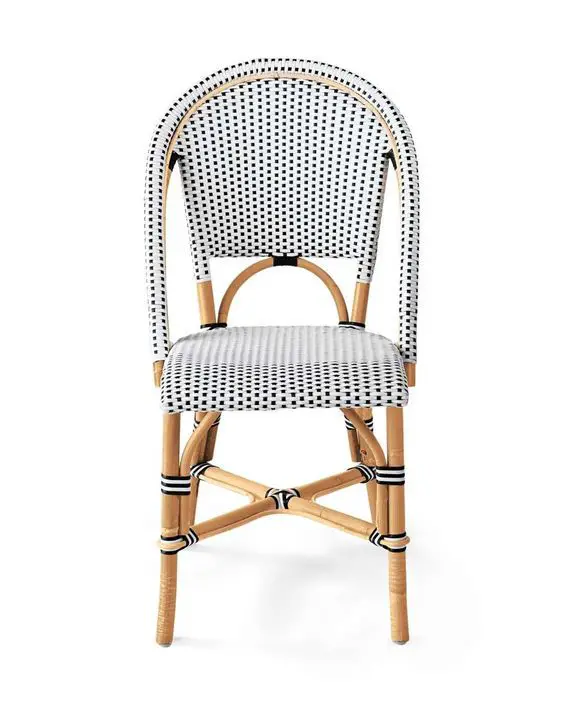
Southeast Colonies And Furniture
All these colonists had in common was dealing with different types of material to make the furniture than what they were used to. Material such as rattan, palm, and bamboo are among Asia’s most abundant plants. It just so happens that these plants are also some of the most versatile for human use.
But these plants are also very different from the woods that colonists used to work with for their furniture. Plants as rattan and bamboo are closer to grass than a tree.
In many parts of Europe, they were using cane seating for chairs and other furniture. That is because the Portuguese and Dutch ships carried split rattan to Europe.
But all of these new materials also translated into new forms of furniture. European colonists were used to sitting on chairs but lived in many parts of the world where sitting on a mat is preferred.
Even today, in many parts of Southeast Asia, it can be expected for a family to bring out a woven mat to put the food on the floor, and everyone sits around on the mat and eats the food.
So when the Europeans and others conquered this part of the world, there was absolutely no way that their women or children would sit on the floor to eat their food. They insisted that they needed to sit on a chair.
So this is the story of how much of the rattan, woven, and other furniture we use today came about. . It started as a necessity for the colonizers in the tropical climates to find a way to be as comfortable as possible, just like they were at home.
Next time you look at a piece of rattan furniture, think of the many colonizers who blazed the trail and created chairs, furniture, and other items from materials they had never used before. Through them, we owe these excellent handwoven and handcrafted rattan, bamboo, and other natural pieces of furniture.
Listen To Our Podcast About Colonial Comfort: Rattan Furniture’s Tale in Southeast Asia Below or By clicking here.
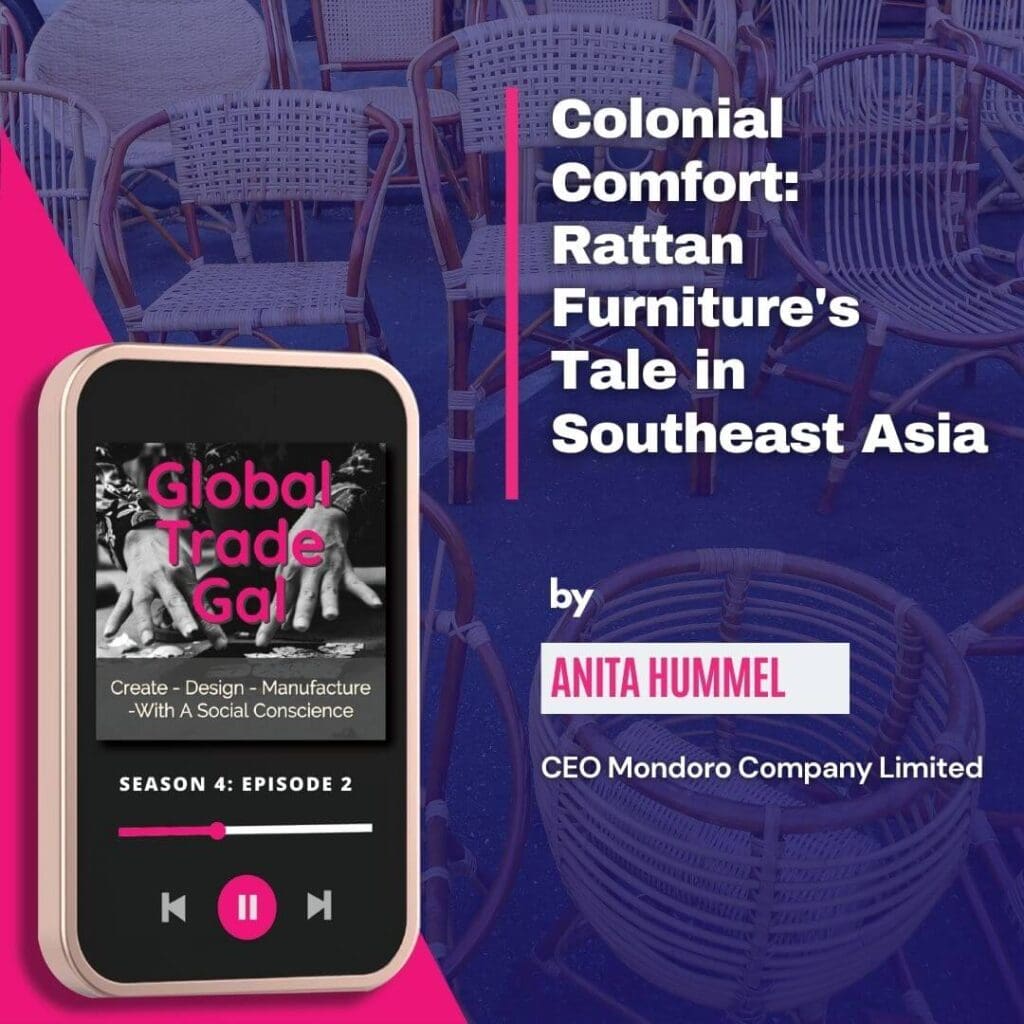
If you are interested in seeing how Mondoro can help you with your Rattan Furniture – we would love to talk to you to see how we can help you.
At Mondoro, we create, develop, and manufacture home decor and home furnishing products.
Find out more about how Mondoro can help you create, develop, and manufacture excellent home decor and home furniture products – don’t hesitate to contact me, Anita. Check out my email by clicking here or become a part of our community and join our newsletter by clicking here.
Mondoro gives out a FREE Lookbook to anyone interested. You can receive a copy of our latest Lookbook by clicking here.
Listen to our Podcast called Mondoro Company Limited. You can find it on all major podcast platforms. Try out to listen to one of our podcasts by clicking here.
Subscribe to our Mondoro Company Limited YouTube Channel filled with great videos and information by clicking here.
References:
If you are interested in finding out more about this, we suggest you read Tropical Furniture and Bodily Comportment in Colonial Asia By Jordan Sands (Duke Press).
Related Content
Care & Maintenance Of Outdoor Synthetic Rattan Furniture
The care and maintenance of outdoor synthetic rattan furniture are pretty straightforward. Use mild soap and water and a soft brush to clean your furniture at least once a year. With proper storage, you can be sure to add to the longevity of your outdoor synthetic rattan furniture pieces.
You can discover more by reading Care & Maintenance Of Outdoor Synthetic Rattan Furniture by clicking here.
Rattan Vs. Bamboo – The Differences Between the Materials Explained
Rattan and bamboo are not the same material; they have very different characteristics and uses. For example, bamboo is hollow and grows straight as a tree would. Rattan is a solid material easily bent and grows in rain forests as a vine.
You can learn more by reading Rattan Vs. Bamboo – The Differences Between the Materials Explained by clicking here.

